
| Prologue |
Getting There |
.... the world of ice and mystery awaits |
| Day 1 - Around Ushuaia
|
|
|
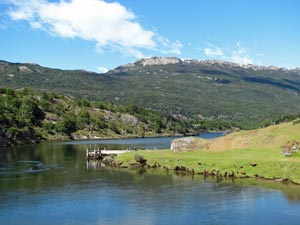 The estuary of Rio Lapataia |
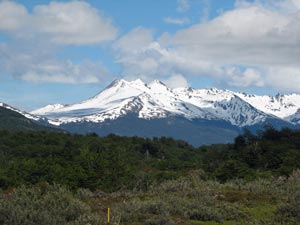 Looking inland to the Fuegian Andes |
|
|
|
|
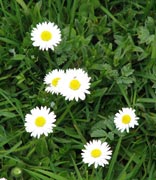 |
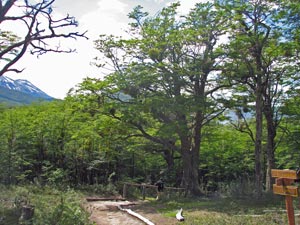 The intense green of the beech forest |
 2500m Monte Sarmiento across the border in Chile |
 Looking out over Bahia Lapataia |
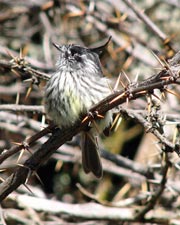 |
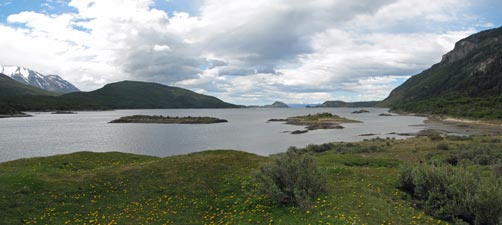 Bayscape of Bahia Lapataia |
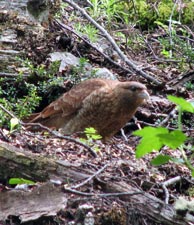 |
|
|||
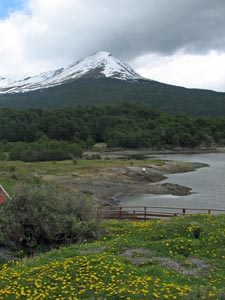 Cerro Tonnelli rises abovbe Lapataia Bay |
 A fast-flowing Fuegian stream |
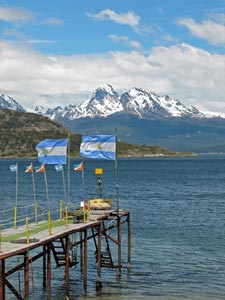 The pier at Bahia Ensenada |
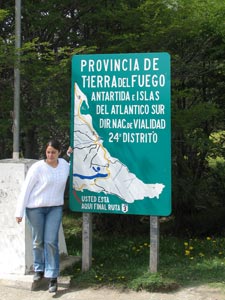 Turista posing at the end of the road in Argentina |
|
Southward Bound - 2 days across the Drake |
|
|
|
|
|
|
|
||
 Farewell to Tierra del Fuego - next stop Antarctica |
||
|
Our first night at sea was uneventful - the cabin was roomy and comfortable and we slept well. The ship had rolled a bit during the night in the swell, but the Drake was not living up to its fearsome reputation. Looking out of the cabin window the following morning, the sea was a smooth deep blue - large 5m swells rolled across from the west but little wind blew. The air was cool and the ship had attracted a following of sea-birds; albatrosses, petrels and prions. It was good to stand on the stern watching their graceful flight, soaring and dipping as they rode the air currents above the swells.
We were crossing the Drake Passage in record time in these fine conditions. The day passed quickly; a lecture or two on Antarctic history, birdlife and geology - haute cuisine meals - and, in between, time to watch the birds and contemplate the enormity of the ocean on which we sailed. Late that evening we crossed the Antarctic Convergence, that sharp division where cold polar waters sink beneath the warmer waters to the north and which marks a divide in the composition and richness of the fauna. Biogeographically we had entered Antarctica; Nello spotted a small pod of Minke whales in the distance and the air had taken on a distinct chill. |
|
|
|
||
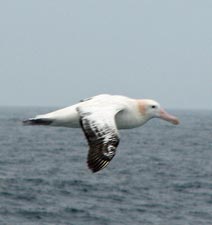 |
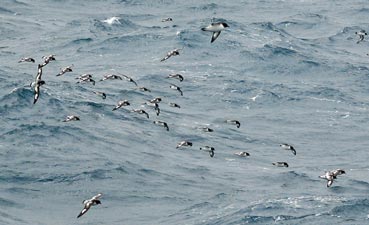 |
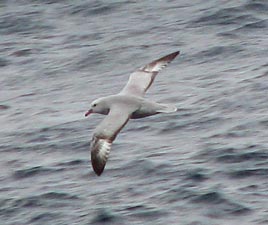 |
|
|
 The first giant icebergs drift by |
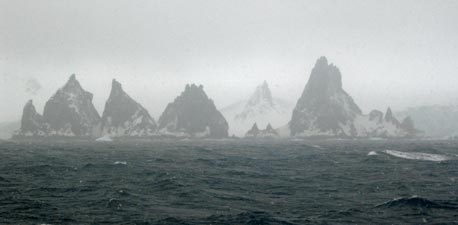 Land ho! - the South Shetland Islands appear thorugh the fog and falling snow |
|
|